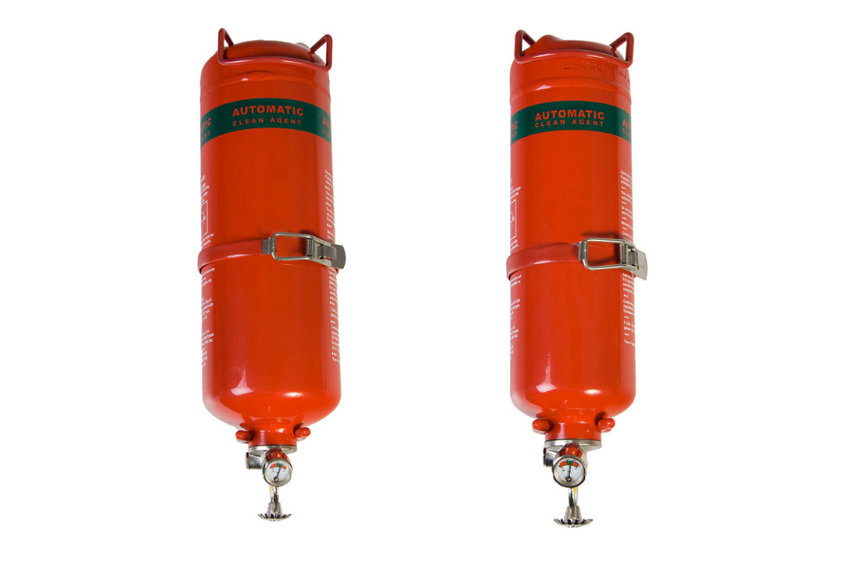Understanding Class C Fires and How to Protect Against Them
When it comes to fire safety, choosing the right extinguisher for the specific type of fire can make all the difference. One important—but sometimes overlooked—category is fires fuelled by flammable gases, known as Class C fires. These fires involve gases such as propane, methane, and butane, which can ignite quickly and pose serious risks.
In this article, we’ll explain what Class C fires are, why specialised extinguishers are necessary, and how to safely use them.
What Are Class C Fires?
Class C fires occur when flammable gases catch fire. These gases can spread flames rapidly, creating dangerous situations in various settings, including:
- Industrial environments like chemical plants and gas storage facilities
- Laboratories where gases are in use
- Homes that rely on propane or natural gas appliances
Some common flammable gases involved in Class C fires include:
- Propane (commonly used in grills and heaters)
- Butane (found in lighters and portable stoves)
- Methane (the main component of natural gas)
- Hydrogen (used in manufacturing and fuel cells)
- Acetylene (used in welding)
Recognising the presence of these gases and understanding their fire hazards is crucial for effective prevention and response.
Which Fire Extinguishers Are Suitable for Class C Fires?
Using the wrong extinguisher on a Class C fire can worsen the situation or even cause explosions. Water or foam-based extinguishers should be avoided entirely. Instead, the following types are recommended:
- Dry Powder (ABC) Extinguishers: Versatile and widely available, these extinguishers use powders like monoammonium phosphate to tackle Class A (solids), B (liquids), C (gases), and electrical fires.
- Monnex Dry Powder Extinguishers: Designed for high-risk industrial areas, Monnex extinguishers are highly effective on flammable liquids, gases, and electrical fires with a strong BCE rating.
- Clean Agent Extinguishers: These extinguishers deploy gases such as Halon or FM-200 to suppress fires without leaving residues, making them ideal for sensitive environments like data centres while being effective on Class C fires.
How to Use a Class C Fire Extinguisher Safely
If you encounter a fire involving flammable gases, it’s important—if it can be done safely—to isolate the gas supply first. Without a fuel source, the fire becomes much easier to extinguish, following the principles of the fire triangle.
Once the gas is isolated, use the PASS method to operate the extinguisher:
- Pull the pin to unlock the extinguisher.
- Aim the nozzle at the base of the fire (not the flames).
- Squeeze the handle to release the extinguishing agent.
- Sweep the nozzle side to side until the fire is fully out.
If the fire is large, spreading quickly, or you feel unsafe, evacuate immediately and call emergency services. Never risk your safety.
Why It’s Important to Have a Class C Fire Extinguisher
Though less common than fires involving solids or liquids, Class C fires can escalate rapidly and cause significant damage. Having a suitable extinguisher nearby, along with the knowledge of how to use it, can prevent a small incident from turning into a disaster.
Final Tips for Class C Fire Preparedness
If your environment involves flammable gases, make sure you:
- Know which gases are present.
- Choose extinguishers specifically rated for Class C fires.
- Regularly maintain and check your extinguishers.
- Train staff or household members on how to respond effectively.
Fire safety is a shared responsibility—protect your people, property, and peace of mind.
Frequently Asked Questions About Class C Fire Extinguishers
Q1: What are Class C fire extinguishers used for?
They are designed to extinguish fires caused by flammable gases like propane, methane, butane, and hydrogen, stopping the chemical reaction without increasing danger.
Q2: Can water or foam extinguishers be used on Class C fires?
No. Water and foam can spread flammable gases or cause dangerous reactions. Use dry powder or clean agent extinguishers instead.
Q3: How do ABC and Monnex extinguishers differ?
ABC dry powder extinguishers are general-purpose for solids, liquids, gases, and electrical fires. Monnex extinguishers are industrial-grade powders with superior effectiveness for flammable liquids, gases, and electrical hazards.
Q4: When do I need a Class C extinguisher?
If you store or work with flammable gases—such as in welding shops, labs, kitchens with gas appliances, or gas storage—you should have a Class C-rated extinguisher nearby.
Q5: How often should I service a Class C extinguisher?
Visually inspect monthly and have a professional service annually. Replace or recharge after use.
Q6: Are clean agent extinguishers good for Class C fires?
Yes, especially in sensitive locations like server rooms where residue from powder extinguishers is undesirable.

 Cart is empty
Cart is empty 


